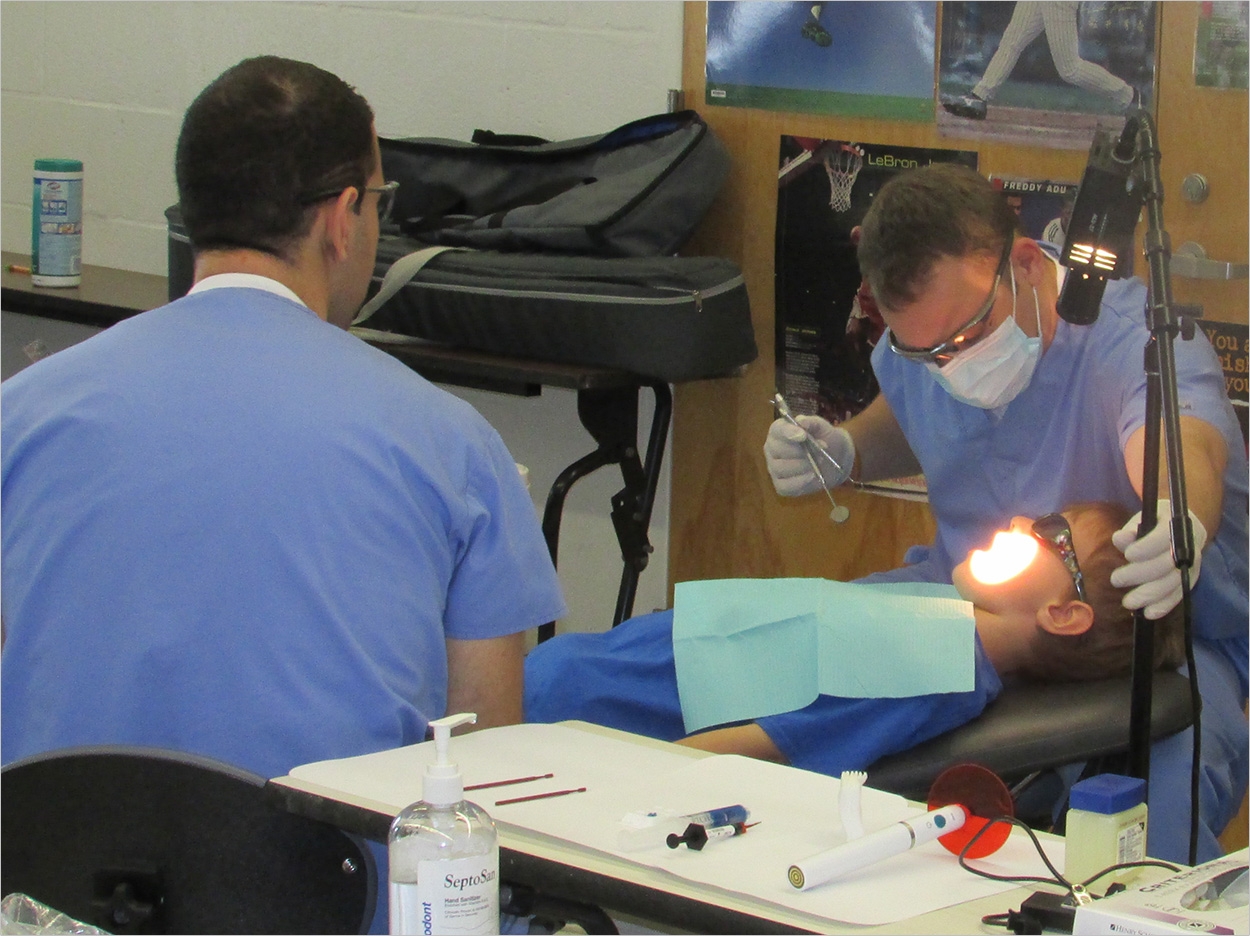
Even though tooth decay is the most common chronic disease among children and teenagers, according to the Centers for Disease Control and Prevention (CDC), many of these kids don’t receive dental sealants. In fact, the Pew Charitable Trusts reports that only 11 states have school-based dental sealant programs in most of their high-need schools.
In response, the Sealant Work Group (SWG) from the Children’s Dental Health Project has issued a report and other resources to strengthen the ability of school-based sealant programs (SSPs) to reach more children, especially those most at risk for cavities. The SWG’s 16 recommendations include the following:
- State health departments should develop certification standards for SSPs that strengthen accountability and bolster school official’s confidence that a sealant program is delivering quality oral health services in an efficient, safe, and ethical manner.
- SSPs should collect, analyze, and report specific types of data outlined by the SWG. Doing so ensures quality control and enables programs to demonstrate their impact in improving health, demonstrating why SSPs are an investment that pays off.
- States can facilitate the expansion of SSPs by simplifying the Medicaid application and credentialing process for all licensed dental professionals. Managed care organizations should be required to abide by the same payment and contracting requirements that govern the state Medicaid program.
- SSPs should develop a communication plan that identifies the messages, communication vehicles, and other details to guide their efforts to engage school staff, families, children, and the community. Raising awareness of oral health and explaining what sealants are can help improve parental consent rates.
- State Medicaid agencies should adopt new reimbursement codes for case management services and educate dental providers on how to use these codes appropriately. Case management can help ensure that children with urgent dental needs get the treatment they need.
“From the beginning, our mission was to offer recommendations that can help good sealant programs become great sealant programs,” said Matt Crespin, chair of the SWG. “We truly believe these recommendations can serve as a roadmap to guide both states and sealant programs to reach more children.”
According to the CDC, using school-based programs to provide sealants to about 7 million low-income children who lack them could save up to $300 million in dental treatment costs. Also, an SSP serving 1,000 children would prevent the need for 485 dental fillings.
“By improving their data collection and analysis, local sealant programs are likely to have a powerful story to tell about the impact they’re having,” said Crispin.
Related Articles
Sealants Save Dental and Productivity Costs in the Long Run
Sealants Prevent Up to 80% of Cavities in Kids
Sealants Decrease Decay by 80% as Guidelines Get Updated












